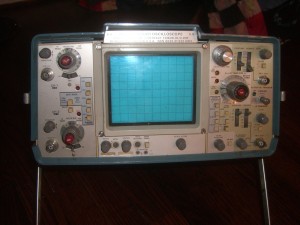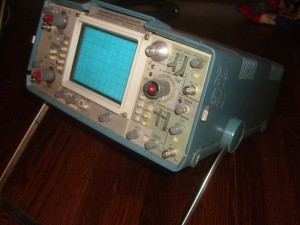I find myself sitting around these days trying to catch up on knowledge I feel like I missed in school. Worse, I feel like I learned it at one time but it all fell out the other side once I took the exam. Pretty standard really, when you don’t think you’re going to need to the knowledge some day. Haven’t you ever sat in class wondering if you’d really ever use the material you were expected to learn? How much did you pay attention?

I feel that a requisite of every college class should be at least an entire class devoted to how you can use the knowledge contained in the remainder of the course material. It should probably happen close to the beginning of the semester or quarter. I have always lobbied for this kind of explanation and have always tried to include it whenever I am teaching something. Better yet, if someone from the field come in and explain how they use the knowledge in their working lives it would really drive the point home. When you know that you will definitely use certain knowledge, you’re more likely to sit up and pay attention.
Some of the material that I have been relearning lately has been tangential to the actual material we covered in classes back in my school days. Some of this is because I needed to go back and re-learn the absolute basics, such as semiconductor physics. I didn’t quite need to learn why a PN junction behaves as it does, only how it behaves and how it relates to larger devices such as transistors (basically a couple PN junctions specialized for certain behavior and placed in a certain configuration). I also don’t need to know why certain materials carry magnetic fields, only how they do and how you can use them to build a transformer. Other than re-learning the absolute basics, it’s driven by things I encounter in my daily work where I feel I was lacking. Very general topics but things that have very specific application in my job. Transformers are an area where I felt it was necessary to get more info, so I used my favorite resource (OhioLink) to get some textbooks based on co-workers recommendations. Hey, you just end up reading the textbook in some classes anyway, right? So why not?
So I guess that’s all I have to say about this topic. If you don’t know something, go to the library and and figure it out (I love libraries). And if books don’t show you what you need, ask a friend. Most importantly, find out where you might use the material you’re learning the first time you see it. If you’re not being directly told why you will need a certain piece of information, do the legwork yourself and figure out why you should care (someone saying “because it’s in the course outline” isn’t good enough). The application of the knowledge is much more important over the long term.
Got something you can’t figure out? Ask me in the comments.




